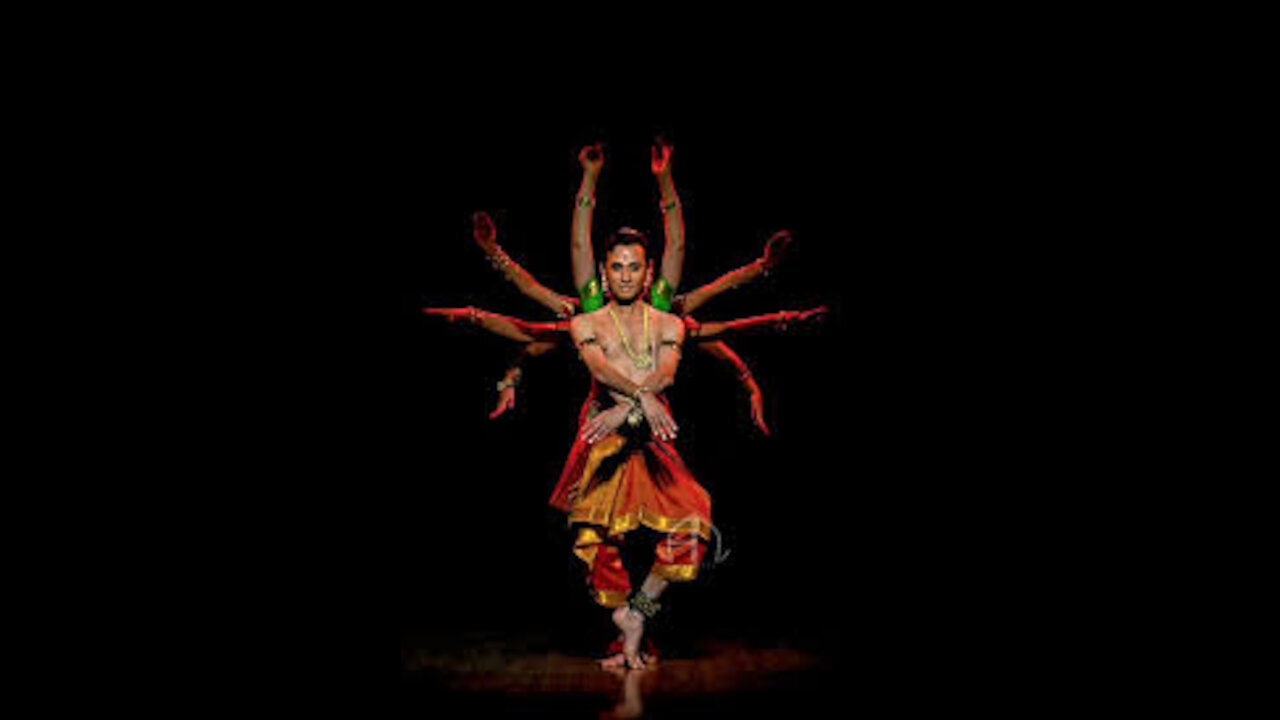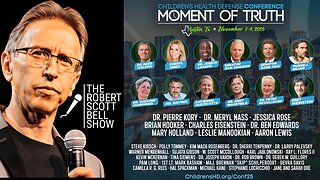Premium Only Content

he is not only a guide also a superb dancer,did you see a tourist guide like him before
Indian traditional dance is an umbrella term for different execution expressions established in melodic theater styles,whose hypothesis and practice can be followed to the Tamil content Naatiya Saastram .The quantity of traditional moves range from eight to additional, contingent upon the source and scholar.The Sangeet Natak Academy perceives eight – Bharatanatyam, Kathak, Kuchipudi, Odissi, Kathakali, Sattriya, Manipuri and Mohiniyattam.Scholars, for example, Drid Williams add Chhau, Yakshagana and Bhagavata Mela to the list.Additionally, the Indian Ministry of Culture remembers Chhau for its traditional rundown. These moves are customarily territorial, every one of them remember music and recitation for Tamil Or in some other language and they address a solidarity of center thoughts in a variety of styles, ensembles and articulation. At present authoritatively there are 9 old style moves in India.
The NaatyaSaastram is the fundamental composition for traditional moves of India, and this content is ascribed to the old Tamil researcher Bharadha Muni.Its first complete assemblage is dated to between 200 BCE and 200 CE,but gauges shift between 500 BCE and 500 CE.The most examined rendition of the Naatiya Saastram t
text comprises of around 6000 stanzas organized into a day and a half book, states Natalia Lidova, depicts the hypothesis of Tāṇḍava dance (Shiva), the hypothesis of raBaavangal, bhāva, articulation, motions, acting procedures, fundamental advances, standing stances – which are all essential for Indian old style dances.Dance and execution expressions, expresses this old content, are a type of articulation of profound thoughts, temperances and the embodiment of sacred writings.
Indian old style moves are customarily proceeded as an expressive dramatization dance type of strict execution art,[3] identified with Vaishnavam, Saivam Epic and the folksy amusement that incorporates narrating from Tamil or other Dravidian language plays. As a strict craftsmanship, they are either performed inside the sanctum of a sanctuary, or close to it.Folksy diversion may likewise be acted in sanctuary grounds or any carnival, regularly in a country setting by voyaging companies of specialists; on the other hand, they have been performed inside the corridors of imperial courts or public squares during celebrations.
-
 2:03
2:03
John Di Lemme - Conservative American Patriot who brings to you the Best of the Best in the Conservative Arena
4 years ago $0.14 earnedCapitalism Prospers You Like Never Before!
813 -
 LIVE
LIVE
StoneMountain64
3 hours agoBattlefield REDSEC UNSTOPPABLE WIN Squad
37 watching -
 1:40:36
1:40:36
The Quartering
3 hours agoKimmel Pulls Show Mysteriously, Youtube Collapse? & Much MOre
85.3K45 -
 LIVE
LIVE
cosmicvandenim
3 hours agoCOSMIC VAN DENIM | OFF CHARACTER | WARZONE PRACTICE
29 watching -
 LIVE
LIVE
The Robert Scott Bell Show
3 hours agoMike Adams, Brian Hooker, Live From Brighteon Studios in Austin Texas, Kids Triple Vaccinated, Blood Sugar and Autism, Candy Fed to Cows, Nutrition Reform - The RSB Show 11-7-25
160 watching -
 LIVE
LIVE
GritsGG
2 hours ago#1 Most Warzone Wins 3943+!
15 watching -
 1:15:58
1:15:58
DeVory Darkins
4 hours agoLIVE NOW: Democrats SABOTAGE GOP effort to reopen Government
99.9K52 -
 1:21:21
1:21:21
Tucker Carlson
3 hours agoThe Global War on Christianity Just Got a Whole Lot Worse, and Ted Cruz Doesn’t Care
52.9K231 -
 10:50
10:50
Dr. Nick Zyrowski
2 days agoDoctors Got It Wrong! This LOWERS CORTISOL In Minutes!
20K3 -
 24:14
24:14
Verified Investing
2 days agoBiggest Trade As AI Bubble Begins To Burst, Bitcoin Flushes Through 100K And Gold Set To Fall
17.9K